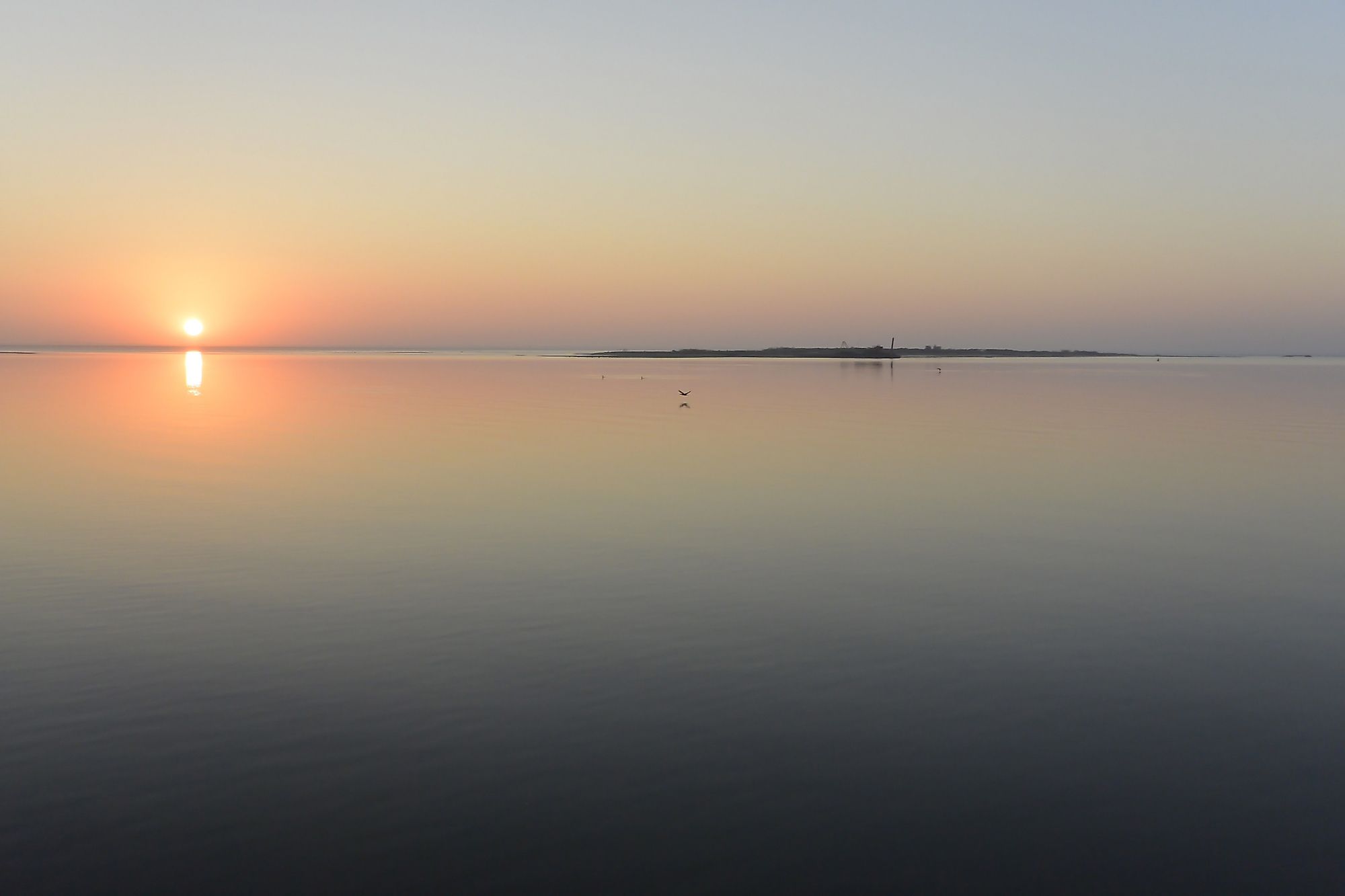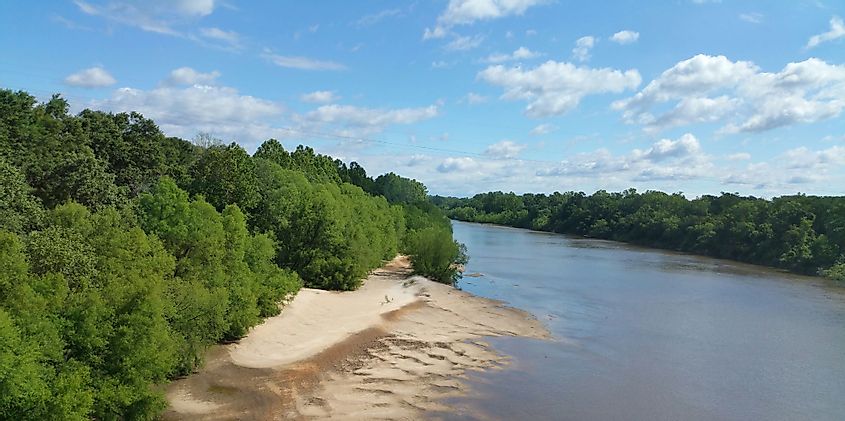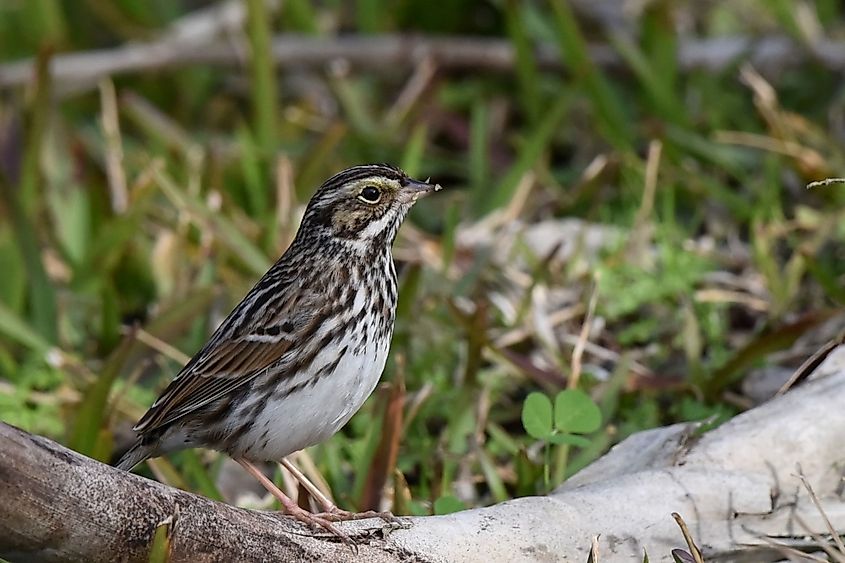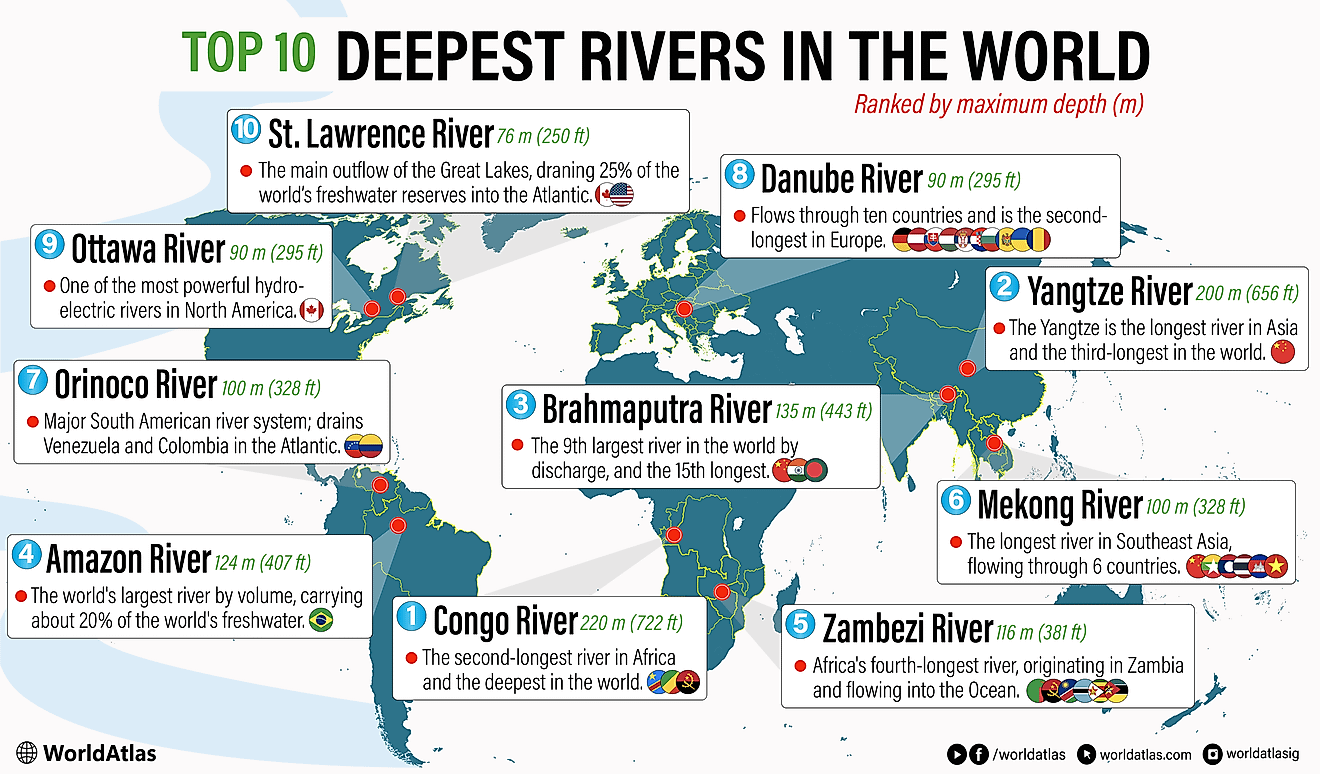
Apalachicola River
The Apalachicola River is a 260km long river that flows in the US State of Florida. The large watershed of the Apalachicola River is referred to as the ACF River Basin that drains a vast area of about 50,505 sq. km. All the three rivers: the Apalachicola River, the Chattahoochee River, and the Flint River that make up the ACF River Basin, finally drain into the Gulf of Mexico via the Apalachicola Bay. The name ‘Apalachicola’ has been derived from the Hitchiti Indian words, which means “the people on the other side” and refers to the indigenous Apalachicola tribe who lived along the shores.
Geography Of The Apalachicola River

The Apalachicola River begins close to the boundary between the US States of Florida and Georgia, at the confluence of the Chattahoochee and Flint Rivers near the city of Chattahoochee in Florida’s Gadsden County. At present, the actual meeting point of the Chattahoochee and Flint Rivers is contained within the Lake Seminole reservoir that has been formed by the Jim Woodruff Dam. The Apalachicola River then flows in the southward direction meandering through the vast tracts of forests of the Florida Panhandle. The Apalachicola River ultimately drains into the Gulf of Mexico via the Apalachicola Bay at the small coastal city of Apalachicola in Florida’s Franklin County. The Apalachicola River is the major tributary of the Chattahoochee River and forms a part of the Apalachicola-Chattahoochee-Flint River Basin. In the northern part of Florida’s Gulf County, the Apalachicola River is joined by its largest tributary – the Chipola River. Located close to the headwaters of the Chattahoochee River, the Blood Mountain, which rises to an elevation of 1,359m, is the highest point within the ACF River Basin. Geologists believe that the Apalachicola River forms a link between the Gulf Coast and the coastal plains with the Appalachian Mountains. It is also believed that until the Apalachicola River meets the Jackson River, it serves as the border between Florida’s Eastern and Central time zones. The Apalachicola River discharges an average of 555.1 cubic meters of water per second.
Ecology Of The Apalachicola River

The upper Apalachicola River flows along the northern highlands of Florida that includes a dramatic landscape featuring steep bluffs and deep ravines. More than 1,300 species of plants, including several threatened species, are found in the Apalachicola River Basin. The endangered Florida torreya tree is endemic to the region and is found clinging on to the forested slopes and cliffs in the Torreya State Park located along the river’s eastern shores. The Apalachicola River Basin is also noted for the Tupelo honey that is produced by the blooming tupelo trees in the American Southeast. The lower 48km course of the Apalachicola River is surrounded by a vast expanse of cypress-tupelo swamps and wetlands. In addition to this, the lower Apalachicola River also includes one of the largest expanses of public conservation lands to the east of the Mississippi River. The Apalachicola National Estuarine Reserve contains more than 930.77 sq. km of protected land and waters. Some of the significant natural areas located along the river include the Apalachicola River Wildlife and Environmental Area, Apalachicola National Forest, Apalachicola River Water Management Area, Tates Hell State Forest, The Nature Conservancy’s Apalachicola Bluffs, and Ravine Preserve, Torreya State Park, etc. The Apalachicola River Basin has been designated as one of the six biodiversity hotspots in the United States. More than 131 species of freshwater and estuarine fish are found here, in addition to 50 species of mammals, 40 species of amphibians, 80 species of reptiles, and over 282 avian species.











